What’s the Buzz
The Bee Healthy Blog
Atrial Fibrillation Treatment & Prevention
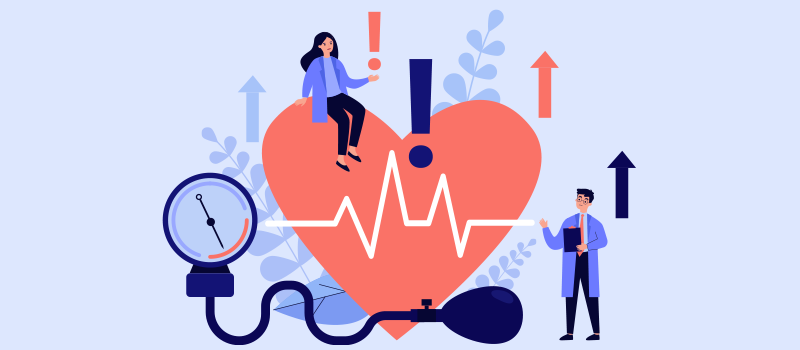
Atrial fibrillation (afib or AF) is a common arrhythmia or heart rhythm abnormality. It is estimated that over 45 million people worldwide and 2.7 million people in the United States have this type of irregular heartbeat. Its prevalence has increased threefold in the last five decades. Yet, many people with atrial fibrillation are not aware that there is a problem with their heart rhythm.
Please continue reading to learn more about the risk factors for developing atrial fibrillation, treatment options for this type of irregular heart rhythm, and what you can do to prevent atrial fibrillation.
How is atrial fibrillation different from a normal heart rhythm?
In people with a normal heart rhythm, the four chambers of the heart beat steadily and in a rhythmic manner. When a person develops atrial fibrillation, their heart’s electrical impulses become disorganized. A chaotic heart rhythm originates in the left and right atria, which are the heart’s upper chambers. The atria start to quiver or fibrillate and contract very fast at over 140 beats per minute (sometimes as fast as 300 beats per minute) in an irregular manner. The normal heartbeat is 60-100 beats per minute.
Because the upper chambers (atria) quiver (fibrillate), hence the name atrial fibrillation. However, in some people, atrial fibrillation also causes the left and right ventricles, the lower chambers of the heart, to beat fast and irregularly.
In people with a condition called atrial flutter, the atria beat regularly but at a faster rate than the ventricles.
What causes atrial fibrillation?
Known causes of atrial fibrillation include high blood pressure, coronary artery disease, heart valve disease, congenital heart disease, pericarditis, cardiomyopathy, and open heart surgery.
Atrial fibrillation may also be associated with medical conditions such as obesity, type 2 diabetes, chronic kidney disease, sleep apnea, and hyperthyroidism (overactive thyroid gland). People with a lung disease such as pneumonia, asthma, chronic obstructive pulmonary disease (COPD), pulmonary embolism, carbon monoxide poisoning, and lung cancer are at an increased risk of developing atrial fibrillation.
Atrial fibrillation sometimes occurs in people who do not have any of the above health conditions, including physically fit individuals.
What are the symptoms of atrial fibrillation?
According to the Heart Rhythm Society, atrial fibrillation (afib) symptoms can include a fast heart rate, palpitations (a pounding, racing, or fluttering heartbeat), feeling faint or dizzy, breathlessness, chest pain or chest pressure, low blood pressure, and increased urination.
In some people, atrial fibrillation does not cause any symptoms. Such individuals do not realize there is something wrong with their heart rhythm. The condition is discovered on routine testing. It is only after atrial fibrillation is treated that patients retrospectively realize how tired and lethargic they had been.
Is atrial fibrillation dangerous?
Yes, atrial fibrillation can be very dangerous. It is important to treat it and restore normal heart rhythm. Atrial fibrillation increases the risk of stroke by 5 times because blood does not move normally between the chambers of the heart, increasing the risk of blood clots. Strokes can leave people with permanent disabilities and may even be fatal. Atrial fibrillation is the cause of approximately 15-20% of all strokes.
The abnormalities in the heart’s rhythm can also cause heart failure because the heart cannot pump blood efficiently, leading to a pooling of blood in the heart and a buildup of fluid in the lungs. Atrial fibrillation has also been linked to cognitive decline and dementia due to multiple small strokes in areas of the brain associated with memory and cognitive function.
How do doctors diagnose atrial fibrillation?
Doctors can diagnose atrial fibrillation by performing an electrocardiogram (EKG) to study the heart’s rhythm. Other diagnostic tests that may be requested by your healthcare professional include a transthoracic echocardiogram, transesophageal echocardiogram, Holter monitor, stress test, chest X-ray, and blood tests.
What is the most common treatment for atrial fibrillation?
The most common treatment for atrial fibrillation is medications and/or procedures to restore normal heart rhythm. Sometimes, a procedure such as surgical ablation is tried first. Usually, a person is given a blood thinning medication to reduce the risk of a blood clot and afib medications (antiarrhythmic drugs) to restore normal rhythm. A procedure is only done if the anti-arrhythmic medications do not work.
Your doctor will decide the best approach to treat atrial fibrillation, whether it be using a blood thinner and/or atrial fibrillation medications or undergoing a procedure.
Which medications are used to treat atrial fibrillation?
Your healthcare provider will first try to find the underlying cause of your atrial fibrillation. For example, if an overactive thyroid gland is causing atrial fibrillation (afib), then treatment for your thyroid condition could restore normal rhythm. If no cause is identified for the abnormal electrical signals in your heart, your healthcare provider may prescribe:
- Blood thinning medications to prevent blood clots and lower your stroke risk. Examples of blood thinners include warfarin, apixaban (Eliquis), rivaroxaban (Xarelto), dabigatran (Pradaxa), and edoxaban (Savaysa).
- Medications to control a fast heart rate, such as beta-blockers (atenolol, metoprolol, carvedilol, others), calcium channel blockers (diltiazem, verapamil), and digoxin.
- Atrial fibrillation medications such as sodium channel blockers (propafenone, flecainide, quinidine) and potassium channel blockers (sotalol, amiodarone, dronedarone, dofetilide) to control heart rhythm.
What procedures can be done for afib treatment?
Procedures that can be done to restore a normal sinus rhythm include surgical ablation, electrical cardioversion, and placement of a pacemaker.
Cardiac ablation (also called catheter ablation) involves using heat, cold, or radiofrequency energy to create scar tissue in the area of the heart muscle where the abnormal electrical signals originate. For example, an AV node ablation involves destroying a small amount of tissue at the AV node, which is located between the upper and lower chambers of the heart. During a maze procedure, the surgeon creates a maze of scar tissue to redirect abnormal electrical signals.
Electrical cardioversion involves applying low-energy shocks to the chest to restore a normal heart rhythm. A pacemaker can be placed in the chest to stabilize the heart beats.
What can worsen atrial fibrillation?
Episodes of atrial fibrillation can be triggered by heavy alcohol use, especially binge drinking, smoking, caffeine intake, and the use of illegal stimulant drugs such as amphetamines and cocaine.
What naturally controls atrial fibrillation?
Regular gentle exercise, breathing practices, and meditation can help lower your heart rate and blood pressure and reduce the number of atrial fibrillation episodes you experience.
How to prevent atrial fibrillation?
It is not always possible to prevent atrial fibrillation. However, you can lower your risk of developing this type of irregular heart rhythm by leading a heart-healthy lifestyle. This includes eating a healthy diet and getting regular exercise to maintain a healthy weight.
If you have underlying health conditions such as diabetes, sleep apnea, or thyroid disease, keep all your healthcare appointments and follow your doctor’s recommendations to treat these medical conditions.
References:
- https://www.ahajournals.org/doi/10.1161/CIRCRESAHA.120.316340
- https://www.hopkinsmedicine.org/health/conditions-and-diseases/atrial-fibrillation-prevention-treatment-and-research
- https://www.nhs.uk/conditions/atrial-fibrillation/causes/
- https://www.hrsonline.org/node/134
- https://www.ncbi.nlm.nih.gov/pmc/articles/PMC8208521/#
- https://www.heart.org/en/health-topics/atrial-fibrillation/treatment-and-prevention-of-atrial-fibrillation/atrial-fibrillation-medications
- https://www.mayoclinic.org/tests-procedures/cardiac-ablation/about/pac-20384993



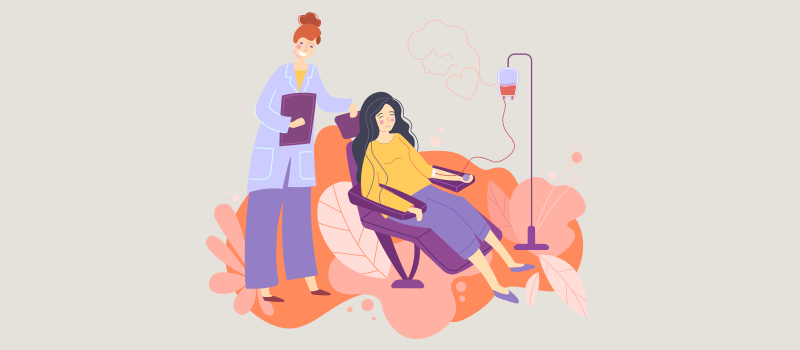

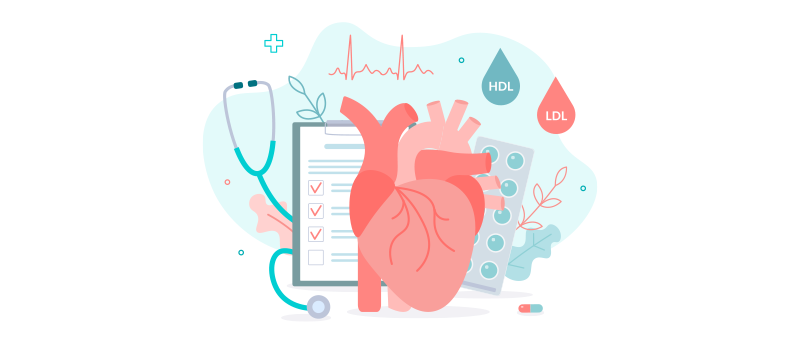

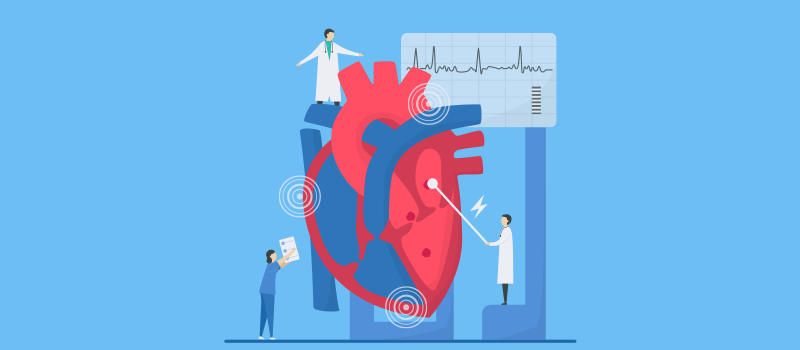

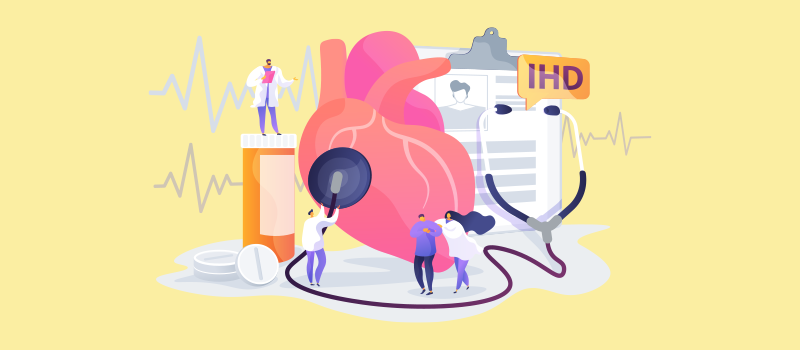


SOCIAL